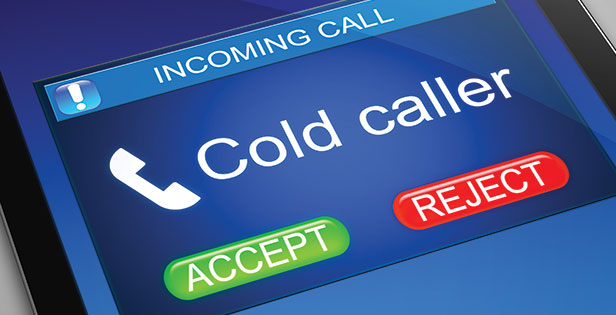Strategy August 16, 2018
How to Make Cold Calls Work
Advice for sharpening your job skills
1. Research the Prospect
It’s crucial to know something about the company you’re calling. Start by visiting its website and finding out what the company does. Scour its social media accounts for the latest news or campaigns, something that serves as an opening to the conversation and shows you’re already invested in the company. Being as specific as possible will separate you from every other salesperson vying for the prospect’s attention.

2. Warm the Call
In the digital age, you no longer have to make a first impression over the phone. Direct mail can work, but consider using email or social media to make a quick introduction and let them know in advance to expect your call. You can also use LinkedIn to find potential clients. After you’ve made initial contact, call to see if they received your package or thought about your prior messages.
3. Call Early or Late
Cold calling during peak work hours decreases your chances of success. It’s much better to call first thing in the morning, at lunch time or the end of the day. It may also help you avoid gate keepers and get you on the phone with people that actually have buying power. Track your success rate, especially with prospects who work in the same market, to figure out the best times.
4. Don’t Rely on a Script
It’s easy to tell when someone is reading a pre-written pitch. Instead, make the conversation natural and ask how you can help a prospect with their marketing. If you need a guide to start out, jot down bullet points rather than paragraphs. Rely on your notes if you want to bring up a relevant fact you researched beforehand; otherwise, take your cues from how the conversation unfolds.
5. Fine-Tune Your Opener
Don’t start off by asking questions like “How are you?” and “Is now a good time?” This gives people a chance to shut you down before you’ve had a chance to reveal how you can help them. You need to have a polished, natural-sounding pitch that’s aimed at getting their attention right away. Keep it 15 to 20 seconds, stressing the value you can provide.
6. Set an Appointment
Your first call to a prospect should not be about making a sale. It’s really about scheduling a follow-up call or an in-person visit. It’s your responsibility to schedule specific appointment dates and times: agreeing to talk again next Wednesday afternoon isn’t good enough. Instead, agree to chat or visit next Wednesday at 2:30 p.m. for a half hour or so.
